The Cyprus Interaction Lab has a state-of-the-art technology which allows research and consultancy services as follows:
- User Experience Evaluation & Usability and Software
- Accessibility Design and Evaluation
- Design and Evaluation of Interactive Multimedia Systems & Learning Environments
- Learning Design and Technology Integration
Tobii Eye-tracker Nano
A screen-based eye tracker which captures gaze data at 60 Hz and is designed for fixation-based studies. This easy-to-use, robust research system is an ideal entry point for those considering beginning eye tracking research or those wishing to take their eye tracking research out of the lab environment.
Tobii Eye tracking Glasses
Tobii Pro Glasses gives researchers deep and objective insights into human behavior by showing exactly what a person is looking at in real time as they move freely in any real-world setting. Understand how people interact with their environment, what catches their attention, drives their behavior, and influences decision making. Wearable and mobile eye tracking system opens up entirely new opportunities for behavioral studies.
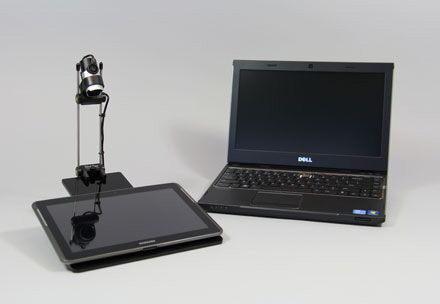
Some phenomena are difficult to study in a lab, for example, habits during a family dinner, or children playing in their own natural environment. In those cases, you can achieve the best results with live and on-site observation, using this mobile device camera for face reading.
FaceReader is the most robust automated system for the recognition of a number of specific properties in facial images, including the six basic or universal expressions: happy, sad, angry, surprised, scared, neutral, contempt, and disgusted.
Accessibility Design and Evaluation
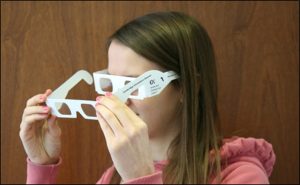
The Cambridge simulation glasses provide insight into the effects of vision loss on product use. They can build empathy with users and can be used to examine the visual accessibility of products and services, helping to create better, more inclusive designs.
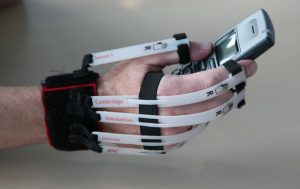
The Cambridge simulation gloves provide insight into how limitations in hand movement can affect product use. Such limitations can be caused by various conditions such as arthritis. The gloves can build empathy with users, and can be used to examine the accessibility of products and services, helping to create better, more inclusive designs.
Interactive Multimedia Systems & Learning Environments
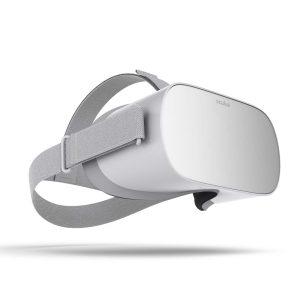
The Oculus Go is a standalone virtual reality headset. The Go is an all-in-one headset, meaning it contains all the necessary components to provide virtual reality experiences and doesn’t need to be tethered to an external device to use. Input is provided with a wireless controller that functions much like a laser pointer. The headset and controller utilize non-positional 3-degrees-of-freedom tracking, making it capable of seated or static-standing activities but unsuitable for room-scale applications.
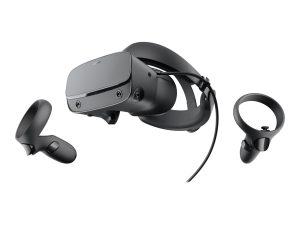
The Oculus Rift is increasingly used in universities and schools as an educational tool. The ability to provide an immersive, engaging environment can assist a diverse range of students in learning. In particular, there appear to be benefits to medical, health science, and exercise students when utilizing the Oculus Rift as a supplement for the content provided in anatomy and physiology. There is also increasing use of the Oculus Rift within curricula in other fields such as marketing, architecture, clinical education.,computer science, and paramedics.
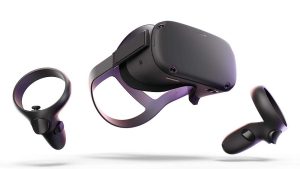
The Oculus Quest is a virtual reality (VR) headset. Similar to its predecessor, Oculus Go, it is a standalone device that can run games and software wirelessly under an Android-based operating system. It supports positional tracking with six degrees of freedom, using internal sensors and an array of cameras in the front of the headset rather than external sensors. The cameras are also used as part of the safety feature “Passthrough”, which shows a view from the cameras when the user exits their designated boundary area.
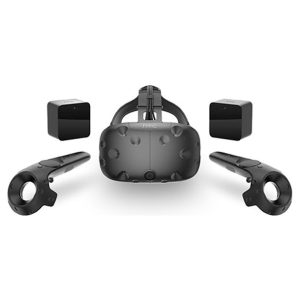
VIVE Pro is engineered for professional-grade VR. Hi-Res Headset + 3D Spatial Audio. Optimized Ergonomics for Exceptional Comfort. Latest SteamVR Tracking System. Wireless Powered by Intel® WiGig. t features higher-resolution displays, now at 1440×1600 resolution per-eye, along with a second outward-facing camera, attachable over-ear speakers, a microphone for noise cancellation analysis, and a refreshed design with a more “balanced” form, lighter weight, and a sizing dial.
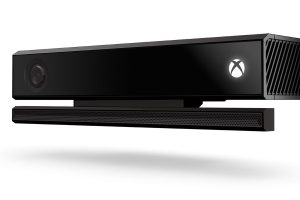
Kinect One
Kinect is a line of motion sensing input device produced by Microsoft and first released in 2010. The devices generally contain RGB cameras, and infrared projectors and detectors that map depth through either structured light or time of flight calculations, which can, in turn, be used to perform real-time gesture recognition and body skeletal detection, among other capabilities. They also contain microphones that can be used for speech recognition and voice control. Kinect has also been used as part of non-gaming applications in academic and commercial environments, as it was cheaper and more robust compared to other depth-sensing technologies at the time.
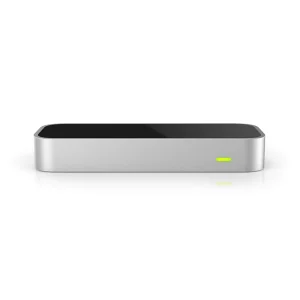
The Leap Motion Controller is a small USB peripheral device that is designed to be placed on a physical desktop, facing upward. It can also be mounted onto a virtual reality headset. Using two monochromatic IR cameras and three infrared LEDs, the device observes a roughly hemispherical area, to a distance of about 1 meter. The LEDs generate pattern-less IR light and the cameras generate almost 200 frames per second of reflected data.
Learning Design & Technology Integration
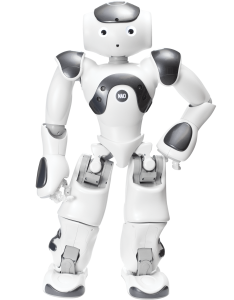
Nao is an autonomous, programmable humanoid robot. Famous around the world, NAO is a tremendous programming tool and it has especially become a standard in education and research. NAO is also used as an assistant by companies and healthcare centers to welcome, inform and entertain visitors. It has 25 degrees of freedom which enable him to move and adapt to his environment. 7 touch sensors located on the head, hands, and feet, sonars, and an inertial unit to perceive his environment and locate himself in space. 4 directional microphones and speakers to interact with humans. Speech recognition and dialogue are available in 20 languages. Two 2D cameras to recognize shapes, objects, and even people. Open and fully programmable platform.
Our lab has both NAO-H21 and NAO-H25
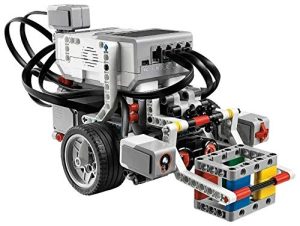
Lego Mindstorms is a hardware and software structure that develops programmable robots based on Lego building blocks. Each version includes computer Lego bricks, a set of modular sensors and motors, and Lego parts from the Technic line to create the mechanical systems. The system is controlled by the Lego bricks.
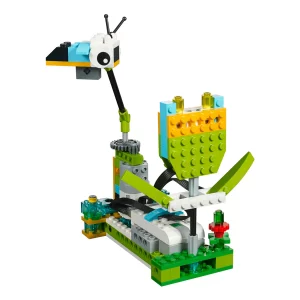
LEGO Education WeDo 2.0 is a hands-on, elementary science solution that develops science practices in the classroom through a robot-based learning system. The unique solution combines the LEGO® brick, classroom-friendly software, engaging and standards-based projects which inspire every student’s desire to discover the world around them.
The result – a resource that builds students’ confidence to ask questions, define problems, and design their own solutions by putting scientific discovery in their hands.
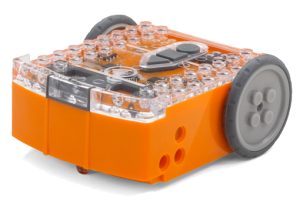
Edison is a robust educational robot designed to bring coding to life for students and help teachers deliver meaningful 21st century education. Edison is a programmable robot designed to be a complete STEM teaching resource for coding and robotics education for students from 4 to 16 years of age. Edison’s robotic capabilities can be unlocked with ease through simple barcode programs. Students can then progress through three different programming languages as their skills increase.
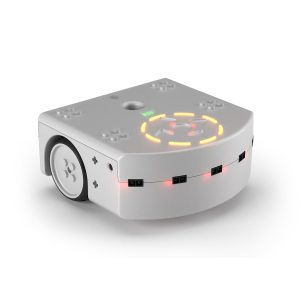
Thymio is an open-source educational robot designed by researchers from the EPFL, in collaboration with ECAL, and produced by Mobsya, a nonprofit association whose mission is to offer comprehensive, engaging STEAM journeys to learners of all ages.
The Thymio project aims to enable learners to better understand the digital world and encourages active involvement in the digital society.
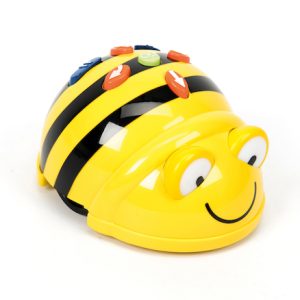
With a wide range of cross curricular mats and activity tins to program with, and fun accessories to personalise, Bee-Bot® is the must have programming resource for any KS1 classroom. Bee-Bot® moves in steps of 15cm and turns in 90° turns. Supplied with a USB lead, Bee-Bot® can either be recharged via your computer or a wall socket with a USB mains adapter (not supplied). Bee-Bot® App now available. The Bee-Bot® App makes use of the Bee-Bot® keypad functionality and enables children to improve their skills in directional language and programming using an app.
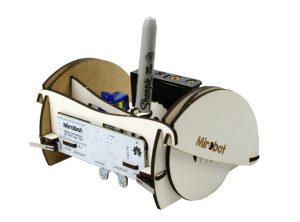
Mirobot has been designed to be easily assembled by children aged 7 and up (with supervision). Once built, you can connect via WiFi and use apps to program it.
Mirobot takes a cross-curricular approach to learning. By tying together different subject areas, childrens’ learning is strengthened as one subject reinforces another.
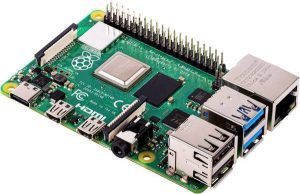
The Raspberry Pi is a low cost, credit-card sized computer that plugs into a computer monitor or TV, and uses a standard keyboard and mouse. It is a capable little device that enables people of all ages to explore computing, and to learn how to program in languages like Scratch and Python.
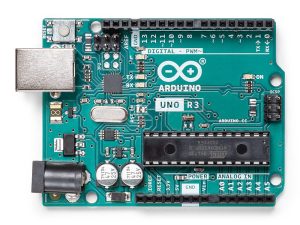
Arduino is an open-source electronics platform based on easy-to-use hardware and software. Arduino boards are able to read inputs – light on a sensor, a finger on a button, or a Twitter message – and turn it into an output – activating a motor, turning on an LED, publishing something online.
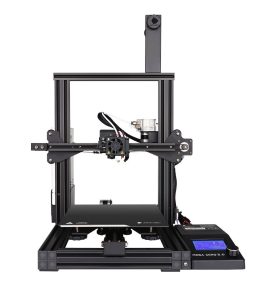
3D printing allows educators to design rich learning experiences for deep theoretical constructs that bring learning from computer screens into students’ hands.
It enables educators to provide students with accurate physical prototypes, which provides practical, hands-on knowledge useful for understanding scientific concepts.
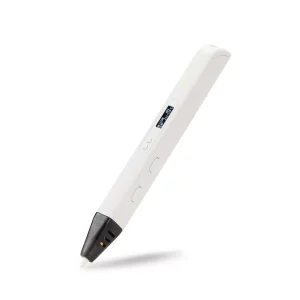
A 3D pen is a pen that extrudes heated or warm plastic from the pen’s nozzle. You don’t need any software. There are no files to transfer, and no difficult tech to master. In the words of a teacher we work with, “whatever you imagine, you can draw. It goes from your brain, to your hand, right there.”